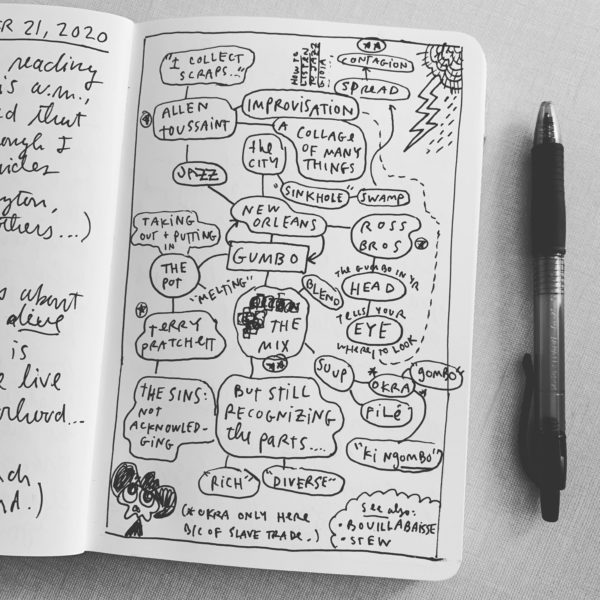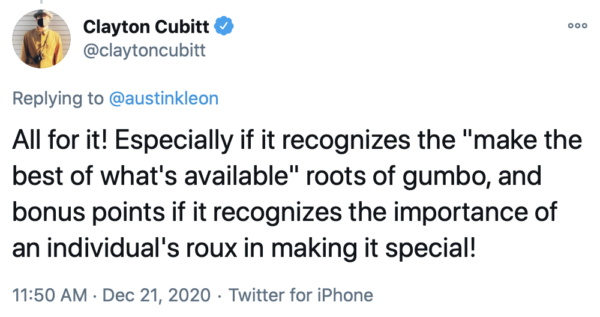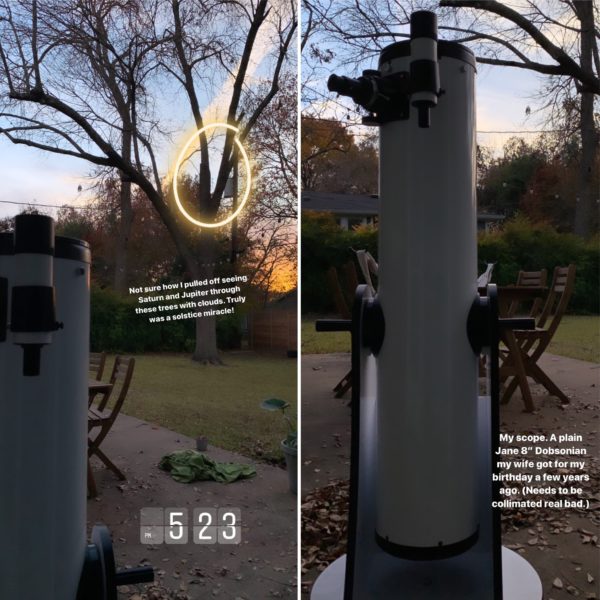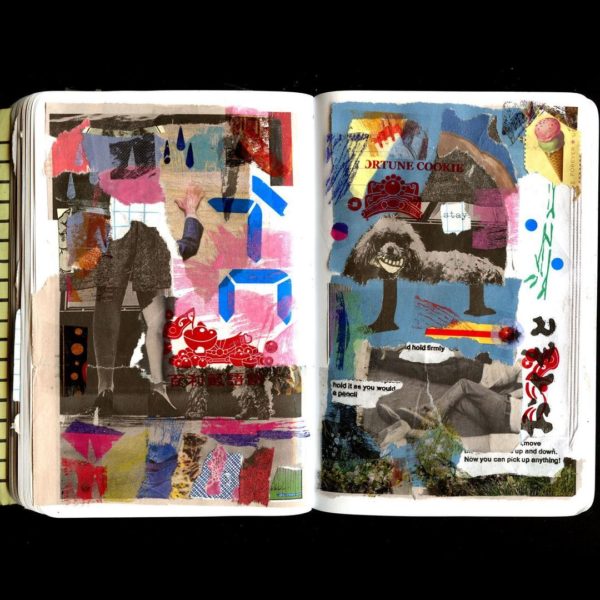
A terrific thought from Ross Brother Bill, from an article about the art of their movie, Bloody Nose, Empty Pockets:
“It’s all about what you ingest throughout your lifetime that creates what your eye is. Steve Bognar [co-director of ‘American Factory’], many years ago, he just told me, all the stuff you take in throughout your life, you’re creating this gumbo in your head of painting, graphic design, literature, music, it’s all in your head and in that split second [snaps his fingers], unknowing to yourself, all of that is right there. You know it, without knowing it.”
So there are multiple stages to the Ross Bros’ process: the preparation for a film, where they’re researching and filling the walls of their office with reference photos and inspiration, throwing things in the pot, so to speak, but then there’s the actual filming of the movie, where improvisation comes in.

“Gumbo is a collage of many things,” said the late pianist and songwriter Allen Toussaint, “The reason one gumbo tastes different from the other and one is better than the other is because of improvisation. Someone is improvising… Improvisation is what makes it.”
Toussaint also speaks, in culinary terms, of being a kind of artistic scavenger: “I collect scraps and wishbones and feathers everywhere I go, and then I come home and try and produce a chicken. And it works, and the more extensive travel is, the more I have in my reservoir.”
Toussaint hailed from New Orleans, of course, the city the Ross Brothers have made their home, a place where gumbo serves as a metaphor for the whole culture.
In How To Listen to Jazz, Ted Gioia writes that he thinks it no coincidence that New Orleans was the birthplace of jazz: “New Orleans was the melting pot within the larger melting pot of American life.” (See more in my post, “Ideas spread like the plague.”)
Here’s how food historian Jessica B. Harris has put it:
It is that place where things mix…. It’s a case where these parts make an extraordinary whole without totally melting. You know, if you have a good gumbo, you can still see the okra, you still know that that was Andouille, you’re still aware of the fact that that was duck or chicken or what have you. It’s not just a brown stew. It’s something else.”
I asked one of my favorite sons of New Orleans — photographer Clayton Cubitt — what he thought of gumbo metaphors and this was his response:
You’re not just making your own personal gumbo in your head. There’s a bigger, cosmic gumbo pot that we all borrow from and add to.
The writer Charlie Fletcher:
Terry Pratchett once told me that the deal is that everything anyone’s ever written is thrown into a big gumbo pot: everyone who writes picks different chunks out of the big pot and recombines them into their own gumbo, which in turn gets thrown back into the bigger pot. There are only two crimes – pretending the pot doesn’t exist, or claiming you own it. Neil Gaiman calls it the stew pot.
A little more from Gaiman himself (who says he batted around the metaphor with Pratchett, so he couldn’t remember who came up with it first):
When you’re starting off as a young writer, you look at all the stuff that’s gone before and the stuff that’s influenced you, and you reach the ladle of your imagination into this bubbling stew pot of all of this stuff, and you pour it out. And that’s where you start from.
As time goes on, you realise that it’s actually kind of fun to put stuff back in the stew pot. You can throw in a turnip that nobody’s ever seen before. So I loved doing that… I’m throwing in carrots and things that other people can use if they want to. But I’m not just taking from this thing, I’m going to leave more behind.
So you take things you like out of the pot, recombine them into your own stew, and then you pour it back into the pot.
Who’s hungry?
Related: Your output depends on your input







